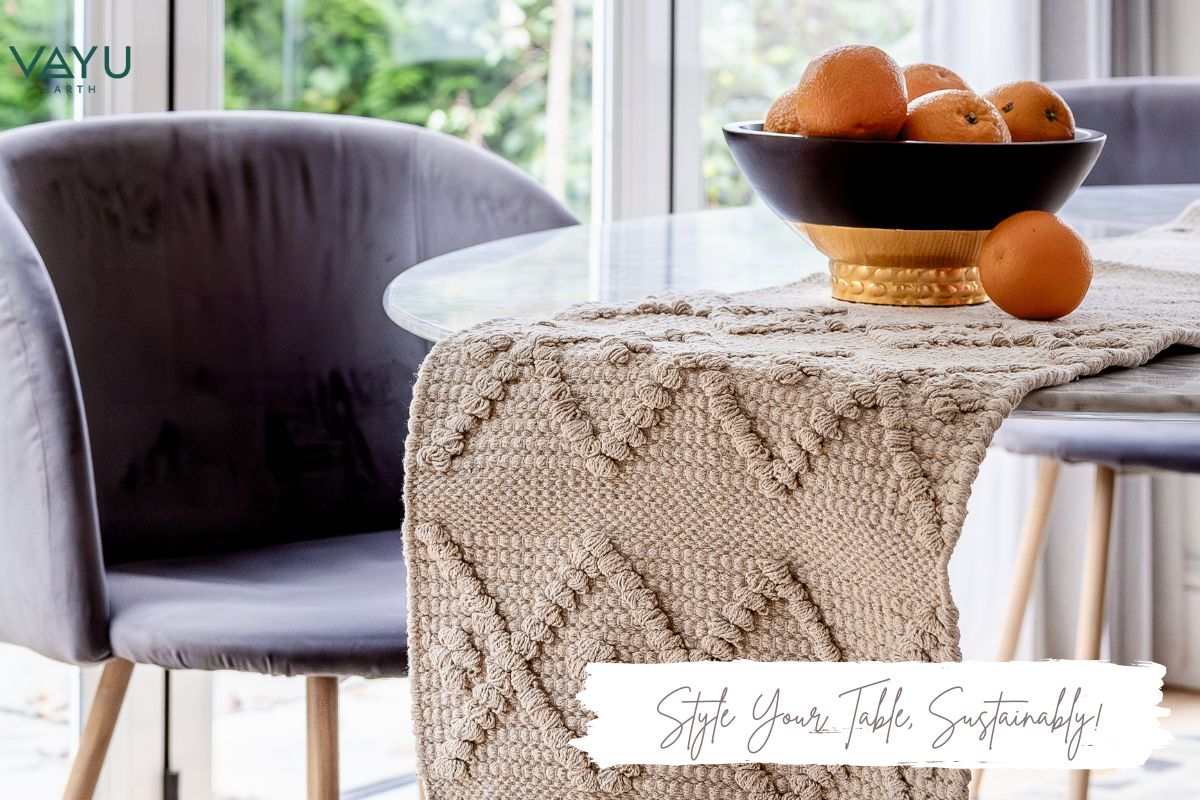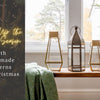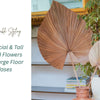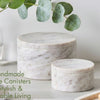The Art of Handwoven Table Runners: A Timeless Home Accessory

Table runners have long been a staple in home decor, adding elegance, warmth, and personality to dining spaces. From traditional craftsmanship to contemporary designs, handwoven table runners are an exquisite addition to any home. Whether you have a grand dining table, a cosy kitchenette table, or a boho-style setting, a well-chosen table runner enhances the ambiance while protecting surfaces. In this blog, we explore the origins, materials, and styling tips for table runners crafted from cotton, jute, sabai grass, macrame, and water hyacinth.
The Origins and History of Table Runners

Table runners date back to the Middle Ages when they were introduced as an additional layer over tablecloths to protect them from spills and messes. Originally used in aristocratic homes, they evolved over time to become decorative accessories for the home. Various cultures adopted the use of table runners, incorporating regional weaving techniques and natural fibres to craft unique designs. Today, table runners are a perfect blend of heritage and modern aesthetics, adding charm to dining tables, console tables, and more.
The Beauty of Handwoven Materials
Cotton Table Runners
Cotton is one of the most popular materials for table runners due to its softness, durability, and versatility. Handwoven cotton runners often showcase intricate patterns and textures, making them ideal for both casual and formal dining settings. Cotton runners are lightweight, easy to maintain, and available in a range of designs to suit any home decor theme.
Jute Table Runners
Jute is a natural fibre known for its rustic charm and durability. Originating from the Indian subcontinent, jute has been used for centuries to create eco-friendly textiles. Jute table runners add an earthy touch to dining tables and pair beautifully with wooden furniture. Their textured weave enhances boho-style and farmhouse-inspired interiors, making them a timeless addition to any home.
Sabai Grass Table Runners

Sabai grass is native to India, where it has been traditionally woven into home accessories by skilled artisans. The fibres are known for their strength and resilience, making sabai grass table runners a sustainable and durable choice. These runners bring an organic aesthetic to any table with their natural tones and handcrafted appeal, making them a perfect choice for eco-conscious decor enthusiasts.
Macrame Table Runners
Macrame table runners are a beautiful expression of intricate knotting techniques that date back centuries. Popular in boho-style homes, macrame runners are made from cotton or linen and feature delicate handwoven patterns that add a touch of sophistication to the dining space. The craftsmanship behind macrame runners makes them a statement piece that stands out in minimalist or vintage-inspired settings.
Water Hyacinth Table Runners
Water hyacinth is a fast-growing aquatic plant that has been repurposed into sustainable home decor products. Originating from Southeast Asia, artisans weave the dried fibres into beautiful, durable table runners. Water hyacinth table runners offer a unique blend of natural texture and strength, complementing earthy and contemporary interiors alike.
Sustainability and Ethical Craftsmanship

Handwoven table runners are more than just decorative accessories; they represent a commitment to sustainability and ethical craftsmanship. These runners are made using natural, biodegradable fibres that reduce environmental impact. Unlike synthetic alternatives, jute, cotton, sabai grass, macramé, and water hyacinth runners are eco-friendly and promote responsible consumption. By supporting handmade and artisan-crafted products, homeowners contribute to preserving traditional weaving techniques and providing fair wages to artisans. Choosing sustainable table runners ensures that your home decor choices align with a greener and more ethical way of living.
How to Style Your Table with Runners
A well-placed table runner can elevate your dining experience and transform the look of your table. Here are some tips on how to style a table with a runner:
-
Centrepiece Enhancement: Place a decorative centrepiece such as a vase, candles, or a fruit bowl on the table runner to create a focal point.

-
Layering with Placemats: Combine a table runner with placemats on the table to add dimension and protect your surfaces.
-
Mixing Textures: Pair rustic jute runners with ceramic tableware or soft cotton runners with glassware for a balanced aesthetic.

-
Seasonal Updates: Opt for light and airy cotton runners in the summer, and switch to warm-toned jute or macrame runners in the colder months.
Final Thoughts
Handwoven table runners are an exquisite blend of tradition, sustainability, and style. Whether you prefer the organic textures of jute and sabai grass or the intricate beauty of macramé and cotton, these accessories for the home offer endless decor possibilities. Elevate your dining experience, add warmth to your kitchenette table, and embrace the artistry of handmade textiles with a thoughtfully chosen table runner. By investing in ethically made and sustainable products, you create a home that is not only stylish but also mindful of the environment and the artisans who craft them.





